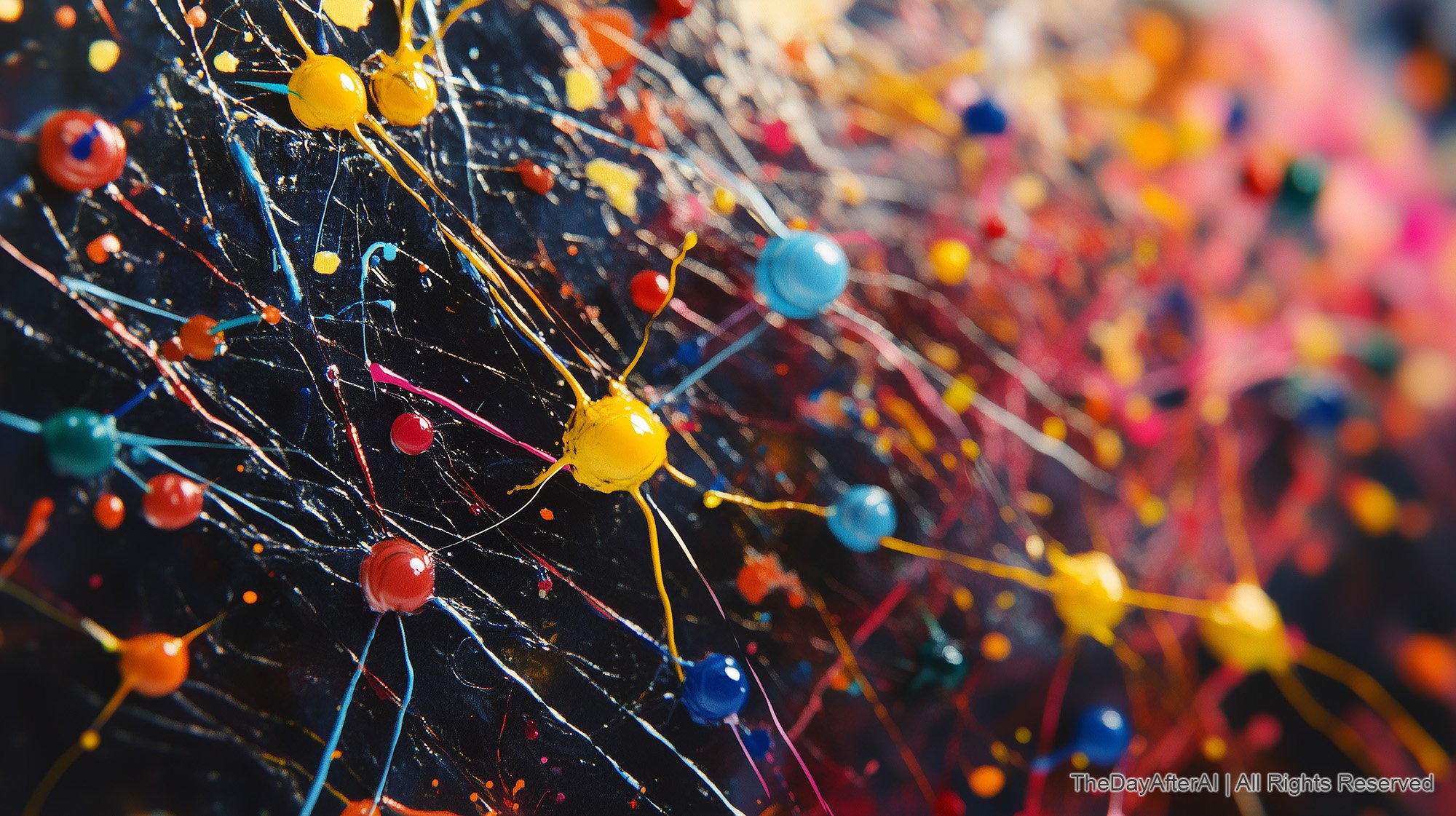Japanese AI Pioneers Overlooked: The Untold Story Behind Neural Network Innovations
Image Credit: Jacky Lee
License This Image
Artificial intelligence researchers John Hopfield and Geoffrey Hinton have been awarded this year’s Nobel Prize in Physics, celebrating their groundbreaking contributions to neural network research. However, this recognition has also raised concerns about its broader implications for AI’s role in scientific progress and its societal impact.
[Read More: AI's Game-Changing Role in 2024 Nobel Prizes: Physics and Chemistry Redefined]
Japanese Voices Call for Recognition
In Japan, the response has been markedly different. The Asahi Shimbun editorial voiced disappointment, asserting that Japanese researchers deserved the accolade alongside their international counterparts. The Japanese Neural Network Society echoed this sentiment, emphasizing the foundational work of Japanese scientists in the development of neural network technology.
Foundational Contributions from Japan
Neural networks, integral to modern AI, are designed to enable machines to learn autonomously through structures inspired by the human brain. Japanese researchers Shun’ichi Amari and Kunihiko Fukushima have been pivotal in this field:
Shun’ichi Amari: In 1967, Amari introduced an adaptive pattern classification method, allowing neural networks to refine their categorization through repeated training. His 1972 learning algorithm paralleled Hopfield’s 1982 work on associative memory, enabling pattern recognition even with incomplete or corrupted data.
Kunihiko Fukushima: In 1979, Fukushima developed the Neocognitron, the first multilayer convolutional neural network. This innovation laid the groundwork for today’s deep learning revolution, which relies on complex architectures for unsupervised learning.
Debate Within the AI Community
The AI sector has engaged in a robust discussion about the Nobel decision. Proponents argue that Hopfield and Hinton’s work aligns more closely with the Nobel’s focus on physics and the current geopolitical climate, particularly Japan’s receipt of the Peace Prize. However, the exclusion of Japanese contributions raises concerns about historical bias and the recognition of global advancements in AI.
[Read More: Fujitsu Unveils Multi-AI Agent Security Tech to Combat Emerging Cyber Threats]
A Call for a Broader Historical Perspective
The prevailing narrative of AI history tends to center on North American developments, particularly from the 1950s and 1960s. This perspective overlooks significant contributions from Finnish, Japanese, and Ukrainian researchers, especially during the “AI Winter” of the 1970s, a period of slowed progress and reduced funding.
Integrating these diverse contributions is crucial as AI continues to evolve and shape society. A more inclusive historical account can foster a richer understanding of AI’s roots and inform more balanced future developments.
[Read More: Do You Know That You Are Witnessing the 5th Industrial Revolution?]
Oral History Project Highlights Fukushima’s Legacy
Yasuhiro Okazawa of Kyoto University, Masahiro Maejima from the National Museum of Nature and Science in Tokyo, and a team of researchers have been documenting the legacy of Kunihiko Fukushima and his work at NHK’s Neocognitron lab. Their findings reveal that Fukushima’s research was deeply rooted in psychological and physiological studies aimed at understanding human vision rather than purely advancing AI technology.
[Read More: Defining AI: What Is Intelligence and Are Robots Truly Intelligent?]
Human-Centric AI vs. Statistical Approaches
Fukushima’s approach, described as “human science” by his mentee Takayuki Itō, focused on simulating human visual processing to enhance our understanding of biological organisms. In contrast, American researchers shifted towards statistical methods and large datasets, prioritizing practical applications over biological fidelity. This divergence led to differing trajectories in AI research, with Fukushima’s human-centric methods falling out of favour in mainstream AI circles.
[Read More: Mind Over Machine: Can AI Truly Think and Exhibit Critical Thinking Like Humans?]
Implications for Modern AI Development
Fukushima’s reluctance to scale the Neocognitron with larger datasets and his emphasis on biological inspiration eventually led to his departure from NHK in 1988. His perspective highlights a critical issue in contemporary AI: the 'black box' problem, where the inner workings of neural networks become opaque and difficult to interpret. Adopting a human-centered approach, as Fukushima advocated, could help address this challenge by promoting greater transparency and making AI systems more understandable and controllable.
[Read More: ChatGPT Marks Two Years as Academic Tool: Boosting Productivity Amidst Concerns]
Source: The Conversation











